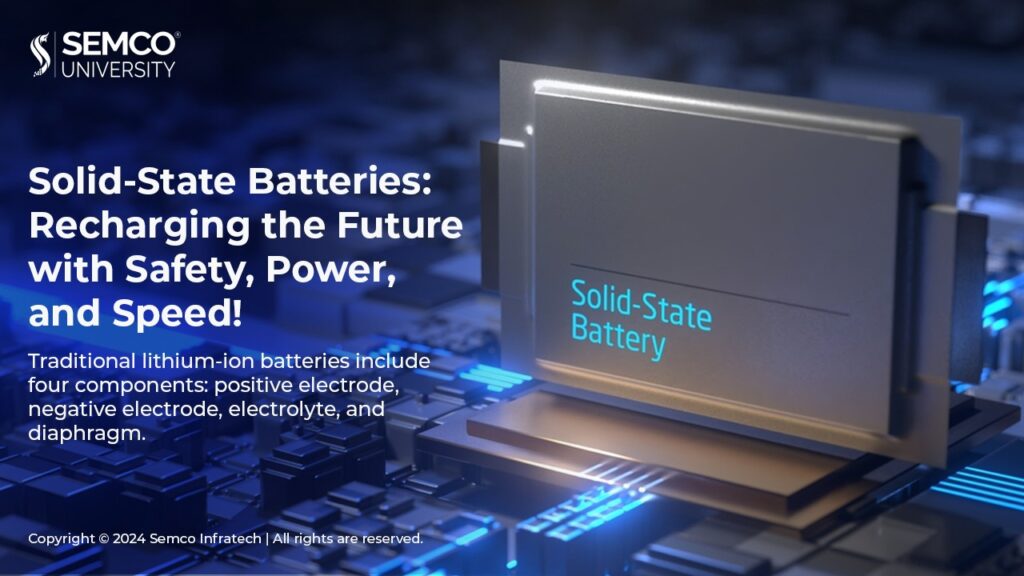Navigating Energy Storage Innovations
Energy storage is the process of transforming energy into a relatively stable form of existence under natural conditions, and then storing energy through media or devices for release when needed. The supply and demand of energy are frequently different in terms of quantity, morphology, distribution, and time during the processes of energy development, conversion, transportation, …









